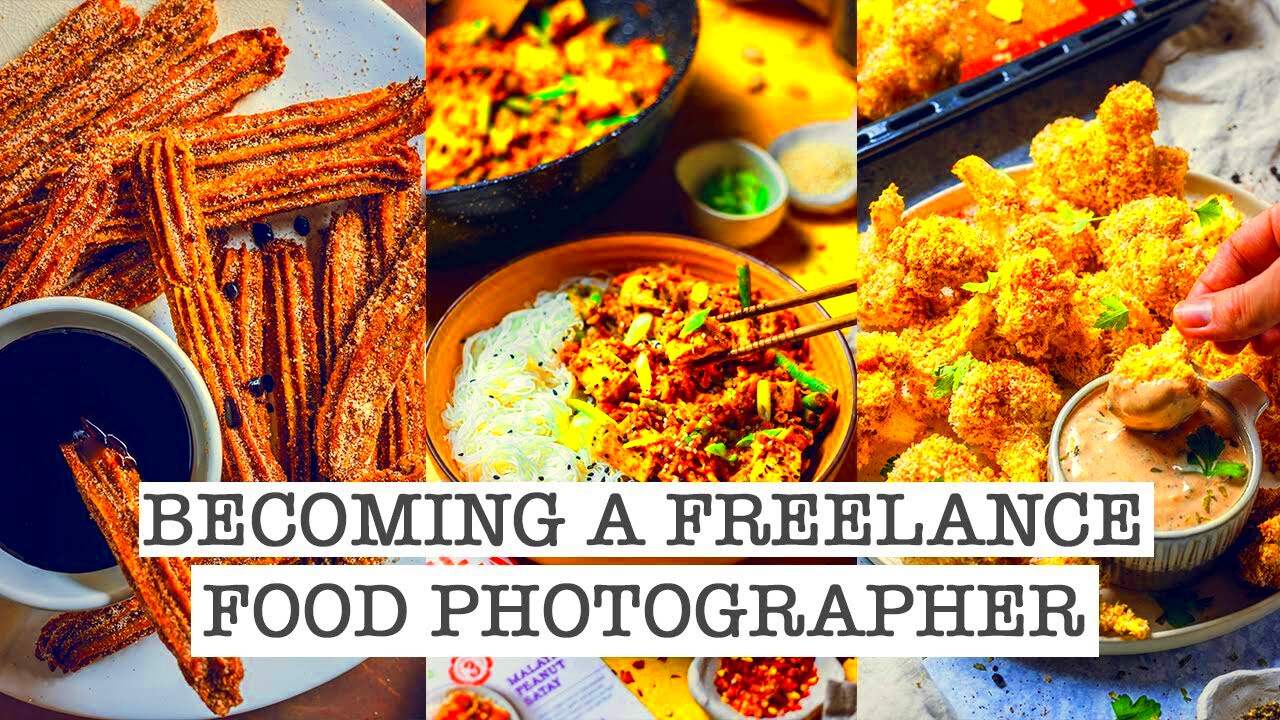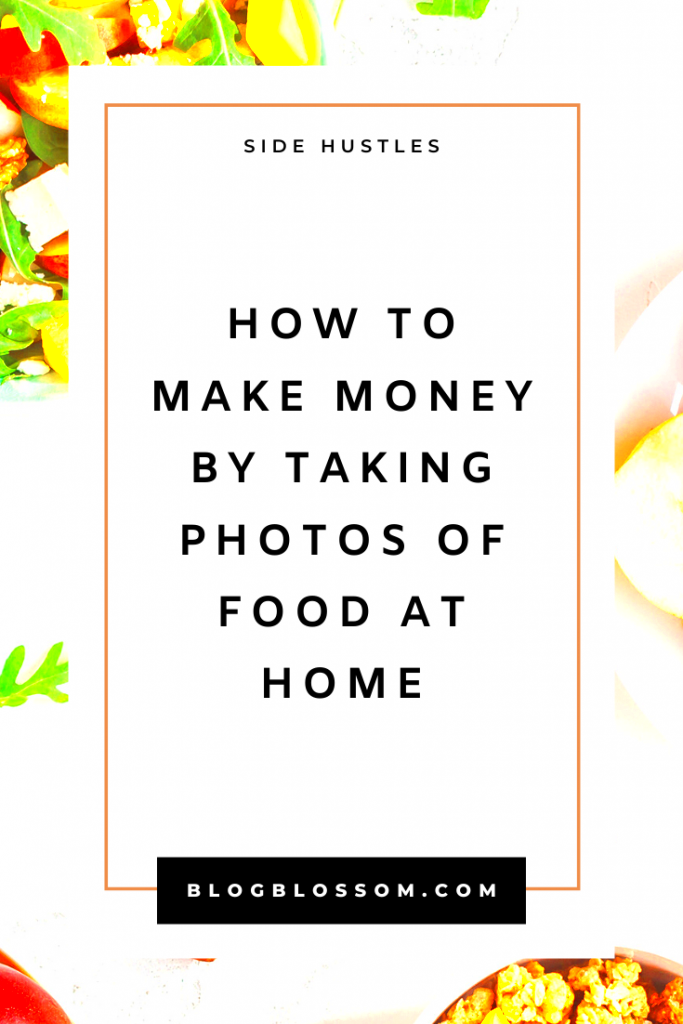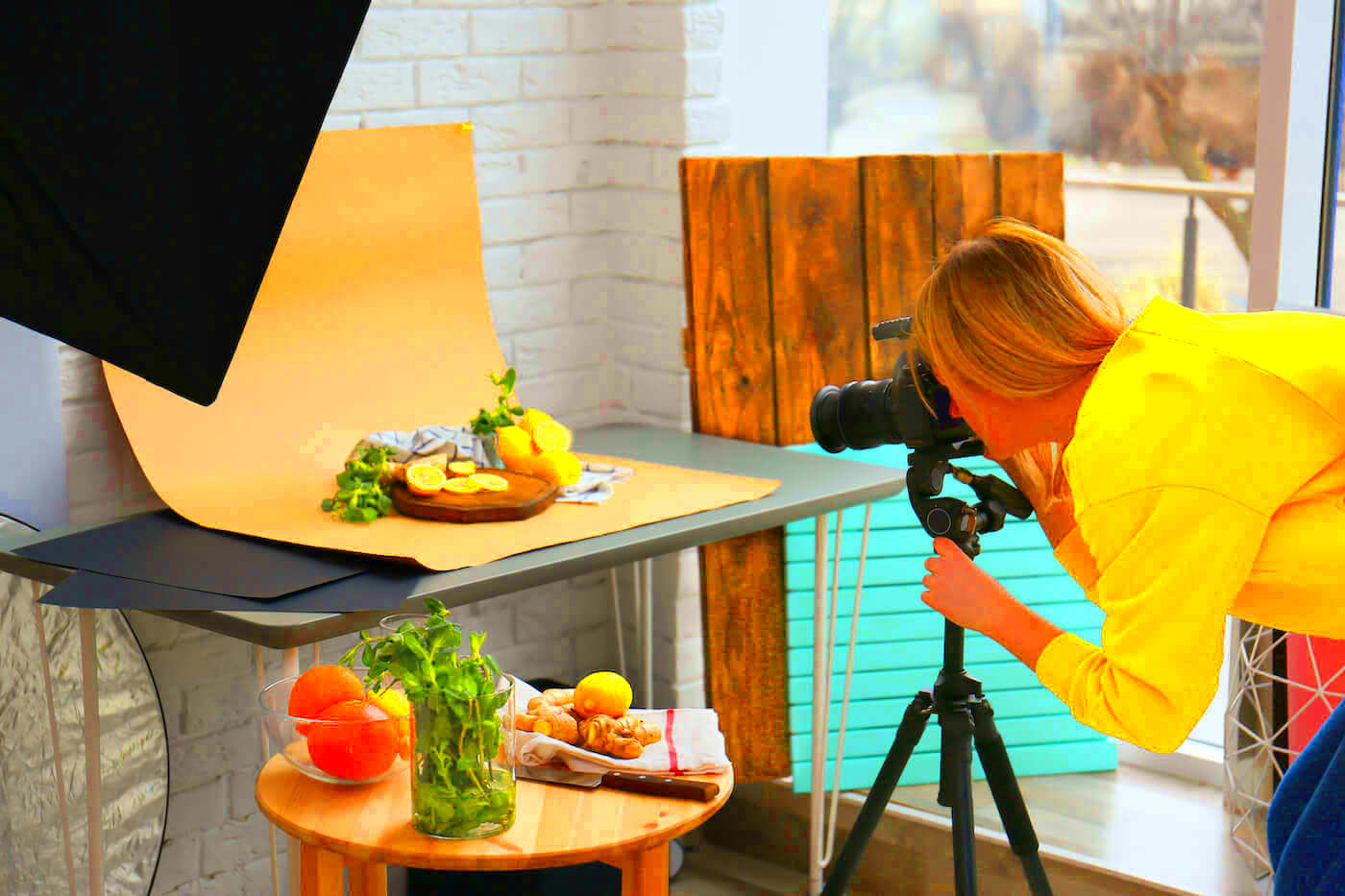Freelance food photography combines creativity with culinary arts. It allows photographers to capture the beauty of food in a way that makes it look delicious and appealing. This niche of photography is not just about taking pictures; it’s about telling a story through the lens. Whether you want to work with restaurants, food bloggers, or brands, mastering this craft can open many doors for you. Let’s dive into what it takes to succeed in this exciting field.
Understanding the Skills Needed for Food Photography

To excel in food photography, you need a blend of technical and creative skills. Here are some important skills to develop:
- Photography Techniques: Understand concepts like exposure, lighting, and composition. Knowing how to use your camera settings effectively is crucial.
- Styling Skills: Good food photography often involves styling dishes to make them look their best. Learn how to arrange food, use props, and create appealing scenes.
- Editing Skills: Familiarize yourself with photo editing software like Adobe Lightroom or Photoshop. Editing can enhance your images significantly.
- Communication Skills: Working with clients requires clear communication. Being able to understand their needs and preferences is essential.
By developing these skills, you’ll be better prepared to create stunning food photography that attracts clients.
Also Read This: What to Enter for Occupation on Fiverr: A Comprehensive Guide
Essential Equipment for Food Photography

Having the right equipment can make a big difference in your food photography. Here’s a list of essential tools you should consider:
| Equipment | Description |
|---|---|
| Camera | A DSLR or mirrorless camera with manual settings gives you control over your shots. |
| Lens | A good lens, such as a 50mm or macro lens, helps capture details and create depth. |
| Tripod | A sturdy tripod helps stabilize your camera and allows for longer exposures. |
| Lighting | Natural light is great, but investing in softbox lights can improve indoor shoots. |
| Reflectors | Reflectors can help bounce light onto your subject, enhancing the overall look. |
| Props | Plates, utensils, and backgrounds can add character and interest to your photos. |
Investing in quality equipment will elevate your food photography and help you stand out in the market.
Also Read This: Looking to add a professional touch? How to outline a picture in Canva?
Building a Portfolio for Food Photography
Creating a strong portfolio is crucial for any freelance food photographer. Your portfolio showcases your style and skills, giving potential clients a taste of what you can do. Think of it as your visual resume. It should be diverse, highlighting different types of food and settings. Here are some tips for building an impressive portfolio:
- Choose Your Best Work: Select high-quality images that reflect your unique style. Aim for a mix of plated dishes, food in action, and lifestyle shots.
- Include Variety: Show different cuisines and styles. This demonstrates your versatility and ability to work with various clients.
- Tell a Story: Arrange your images in a way that flows well. Tell a story about the food, the setting, and the experience.
- Keep it Updated: Regularly refresh your portfolio with new work. This keeps your style current and shows growth.
Consider creating a digital portfolio on your website or social media platforms. It’s a great way to reach a wider audience and attract potential clients.
Also Read This: What is a Vector File in Fiverr?
Finding Clients as a Food Photographer
Finding clients is key to your success as a freelance food photographer. Here are several effective strategies to consider:
- Networking: Attend food events, workshops, and trade shows. Meeting people in the industry can lead to valuable connections and referrals.
- Social Media: Use platforms like Instagram and Pinterest to showcase your work. Engage with food bloggers, chefs, and restaurants to build relationships.
- Online Marketplaces: Platforms like Fiverr or Upwork can help you find clients looking for food photographers. Create a strong profile and offer competitive services.
- Direct Outreach: Research local restaurants, cafes, and food brands. Reach out to them with a personalized email showcasing your portfolio and how you can help their business.
By being proactive and using these strategies, you can find clients who appreciate your work and are excited to collaborate with you.
Also Read This: How to Buy a Gig on Fiverr
Setting Your Rates as a Freelance Food Photographer
Determining your rates can be challenging but is crucial for your business. You want to be fair to yourself while also appealing to clients. Here are some factors to consider when setting your rates:
- Experience Level: If you're just starting out, you might charge less than someone with years of experience. As you gain more skills and recognition, you can increase your rates.
- Project Scope: Consider the complexity of the project. Larger shoots with more extensive editing may require higher fees.
- Market Rates: Research what other food photographers in your area are charging. This gives you a benchmark to work from.
- Costs of Doing Business: Factor in your expenses, such as equipment, software, and travel. Your rates should cover these costs and leave you with a profit.
To give clients a clear understanding of your pricing, consider offering different packages based on the services you provide. This can range from basic shoots to comprehensive services that include styling and editing. Be transparent about what each package includes, helping clients choose what best suits their needs.
Also Read This: Is Proxy Using Forbidden with Fiverr?
Marketing Yourself and Your Services
Marketing is essential for attracting clients and growing your freelance food photography business. You want to create a strong presence that showcases your talent and engages potential clients. Here are some effective marketing strategies:
- Build a Professional Website: A well-designed website is your online business card. Include your portfolio, services, and contact information. Ensure it’s mobile-friendly, as many people browse on their phones.
- Utilize Social Media: Platforms like Instagram, Facebook, and Pinterest are visual and perfect for food photography. Post regularly, use relevant hashtags, and interact with your audience. Share behind-the-scenes content to engage followers.
- Create a Blog: Share tips, recipes, and insights about food photography. Blogging not only showcases your expertise but also helps improve your website's SEO, making it easier for potential clients to find you.
- Collaborate with Influencers: Partner with food bloggers or chefs who can help promote your work. This expands your reach and introduces you to new audiences.
- Email Marketing: Collect email addresses from interested clients and send out newsletters with updates, promotions, and tips. Keep your audience engaged and informed.
By effectively marketing yourself, you’ll attract more clients and build a reputation as a skilled food photographer.
Also Read This: Pricing for Freelance Design Projects
Tips for Success in Food Photography
Success in food photography requires a mix of creativity, professionalism, and business savvy. Here are some tips to help you thrive in this competitive field:
- Stay Inspired: Follow other photographers, food stylists, and chefs on social media. Attend workshops and exhibitions to spark your creativity.
- Keep Learning: The photography world is always evolving. Take courses to improve your technical skills, explore new styles, and keep up with trends.
- Practice Regularly: The more you shoot, the better you’ll get. Experiment with different lighting, angles, and settings to develop your unique style.
- Be Professional: Communicate clearly with clients, meet deadlines, and deliver high-quality work. A professional attitude builds trust and leads to repeat business.
- Seek Feedback: Don’t hesitate to ask for feedback from clients and peers. Constructive criticism can help you grow and improve your craft.
By following these tips, you can establish yourself as a successful freelance food photographer, attracting clients and creating stunning images.
Also Read This: How to Get More Traffic on Fiverr
Frequently Asked Questions
Here are some common questions about becoming a freelance food photographer:
- What type of training do I need? While formal education can help, many photographers learn through practice, online courses, and tutorials. Building a portfolio is crucial.
- How do I get clients? Utilize networking, social media, and online marketplaces. Building relationships within the food industry can lead to referrals.
- What should I include in my portfolio? Showcase a variety of your best work, including different types of cuisine and styles. Make sure to highlight your unique approach.
- How much should I charge? Rates vary based on experience and project scope. Research market rates and consider your costs when setting your prices.
- Can I work part-time? Absolutely! Many photographers start part-time while building their skills and client base. It allows you to ease into the freelance world.
These FAQs can help clarify your journey as a food photographer and provide valuable insights into starting your freelance career.
Conclusion
Becoming a successful freelance food photographer is an exciting journey that combines creativity with the art of storytelling through images. By developing essential skills, investing in the right equipment, and effectively marketing yourself, you can carve out a niche in this competitive field. Remember to build a strong portfolio, seek out clients actively, and set fair rates for your services. With dedication, continuous learning, and a passion for food, you can thrive as a food photographer, capturing beautiful moments that not only entice the eye but also celebrate the culinary arts.




